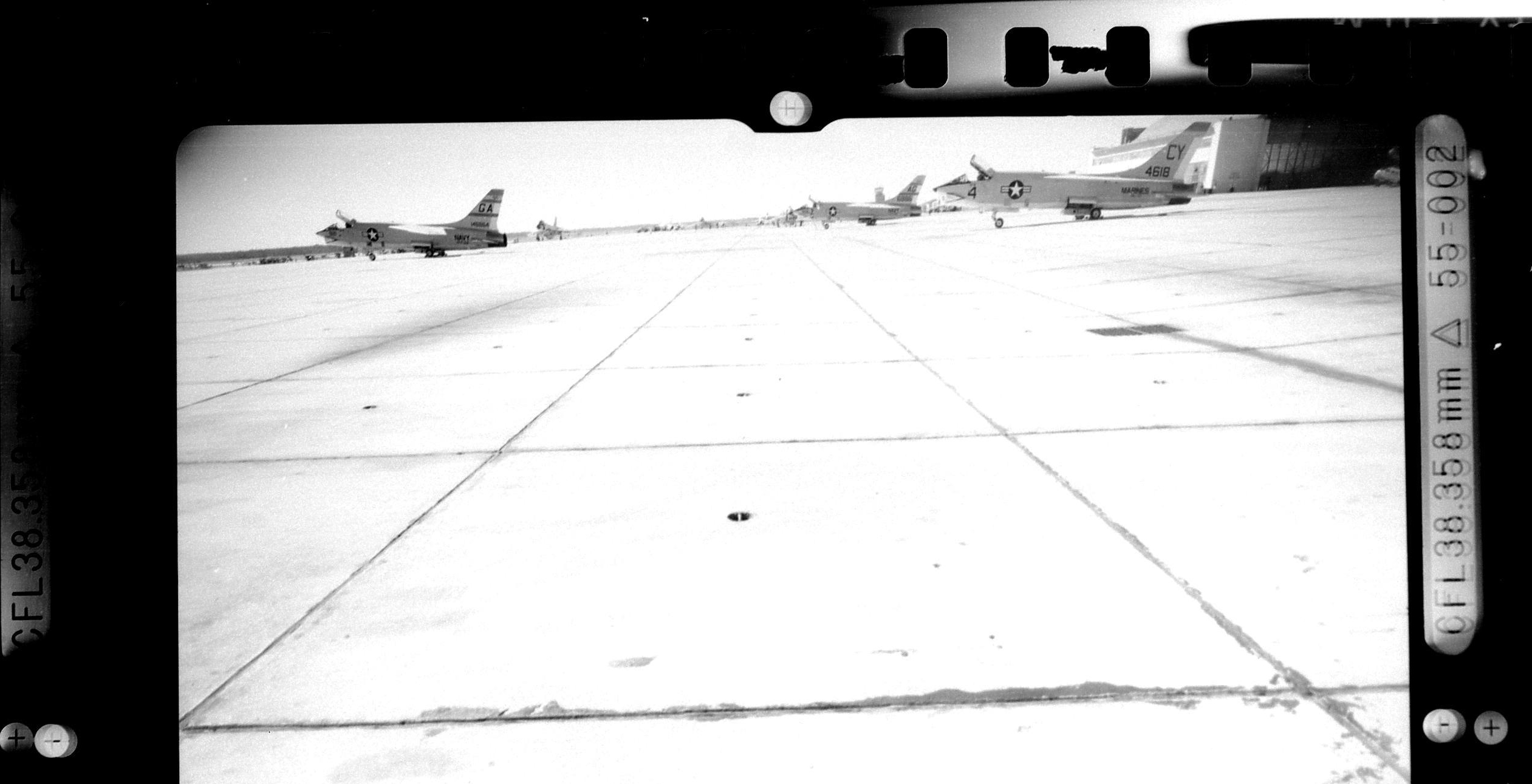


He left for Los Angeles on business on the evening of 11 October 1962, corning back late on 14 October. McCone was away from Washington on his honeymoon in France from the evening of 23 August through 23 September 1962. During these times, his Deputy Director of Central Intelligence (DDCI), Lt. In the weeks immediately preceding the missile crisis, DCI McCone was frequently out of town. All such instances have been noted in the Contents list and in the documents’ headings. All the documents in this volume have been subject to declassification review, and portions of some have been deleted for security reasons.

In some cases, the summary or conclusion section of a document has been excerpted, while in others, material on topics unrelated to Cuba or the missile crisis has been omitted. To conserve space and speed declassification, excerpts have been taken from some of the lengthier entries. In general, support documents follow documents that summarize a sequence of events. To the degree possible, the documents in this volume are organized according to the date of subject matter, so that a February 1963 document discussing a September 1962 event will appear among September 1962 documents. Many of the evaluations of the missile threat contained here draw upon IRONBARK material, whose source was Soviet Col. Memorandums and estimates, briefing papers, Cuban refugee reports, and memorandums on Operation MONGOOSE, the clandestine program aimed at destabilizing the Castro regime. McCone sent to Headquarters from France a month before the missile crisis, as well as McCone’s notes taken during the National Security Council Executive Committee meetings at the height of the crisis. honeymoon cables” that Director of Central Intelligence (DCI) John A. The collection in this volume includes many of CIA’s most important documents on the Cuban missile crisis. When the Historical Review Group systematically reviews these and other missile crisis records for declassification and release to the National Archives, we expect that most of the material omitted for reasons of length or relevance in our published excerpts will be declassified and made available to the public. 1947-1954 (Amherst, MA: University of Massachusetts Press, 1978).Ī number of documents in this collection have been excerpted, some to reduce their length, and others to speed the declassification of missile crisis information by omitting irrelevant material. She is the author of Crisis on the Left: Cold War PoliticsĪnd American Liberals. in history from the University of Maryland,Īnd taught at Iowa State University before joining CIA and the History McAuliffe graduated from Principia College, took a Ph.D. McAuliffe, Deputy Chief of the History Staff, has located and compiled the documents in this collection. The volume and Symposium are both products of CIA’s new program of openness, which Robert Gates, Director of Central Intelligence (DCI), announced in his speech to the Oklahoma Press Association last February.ĭr. We hope that both the Symposium and this volume will help fill the large gaps in information previously available on the role of intelligence in this crisis. The Central Intelligence Agency is pleased to declassify and publish this collection of documents on the Cuban Missile Crisis, as the First Intelligence History Symposium marks the thirtieth anniversary of that event.


 0 kommentar(er)
0 kommentar(er)
